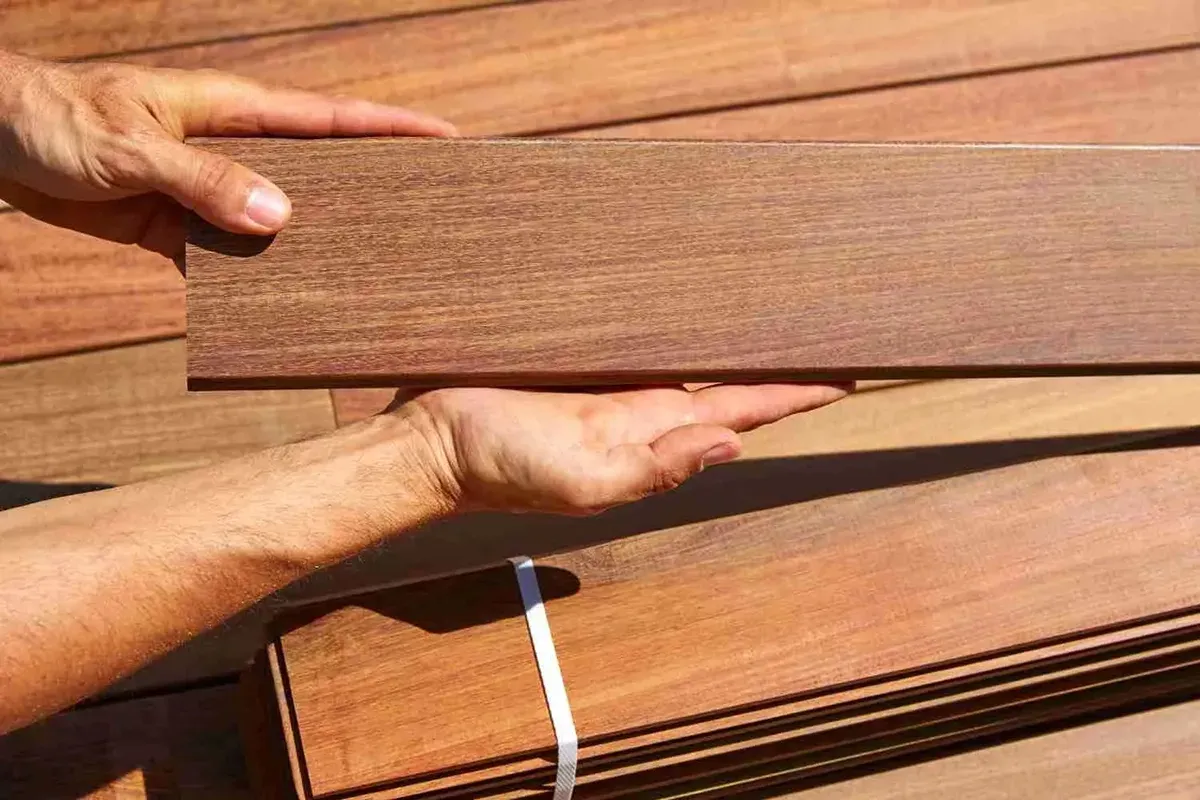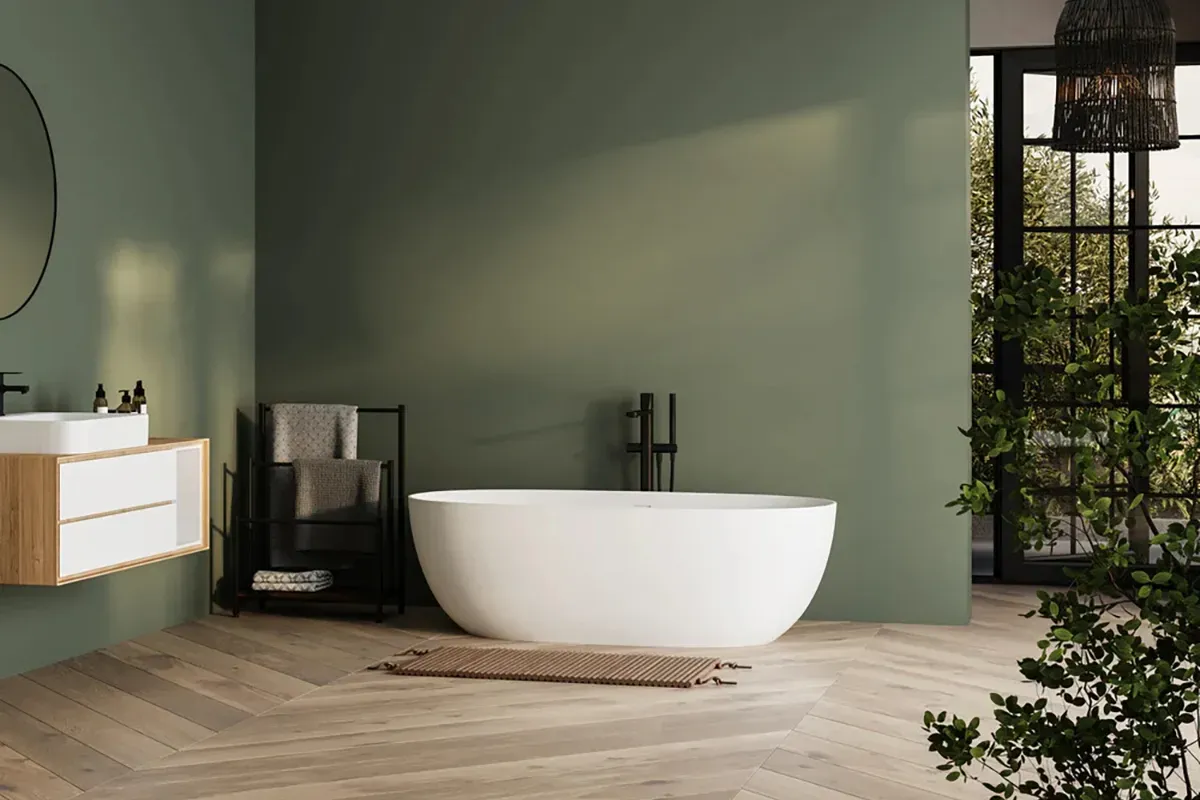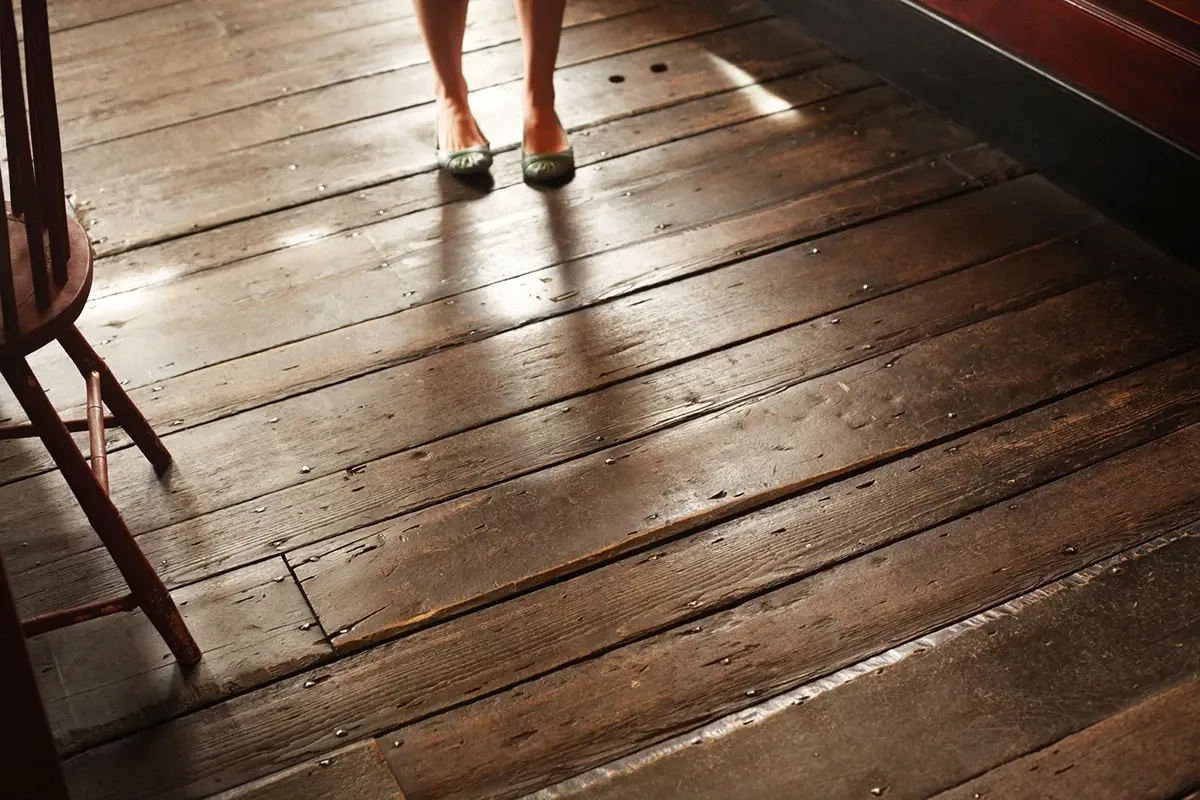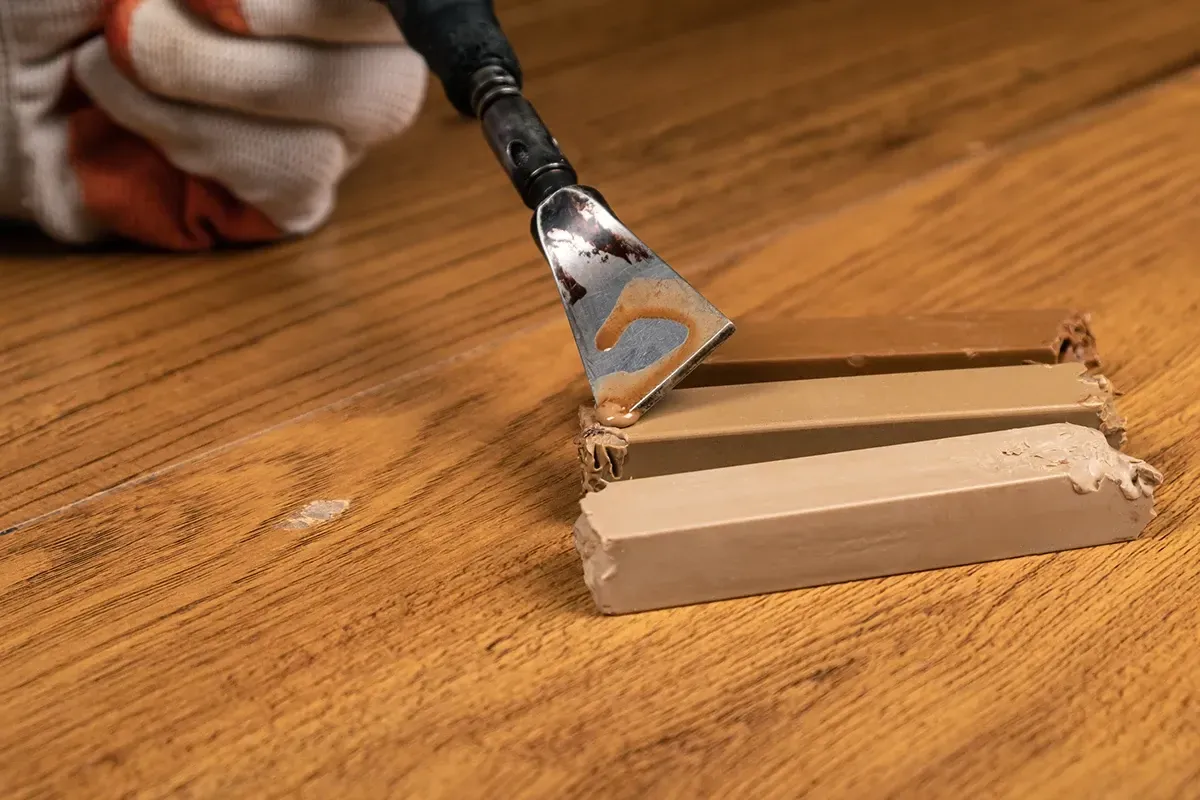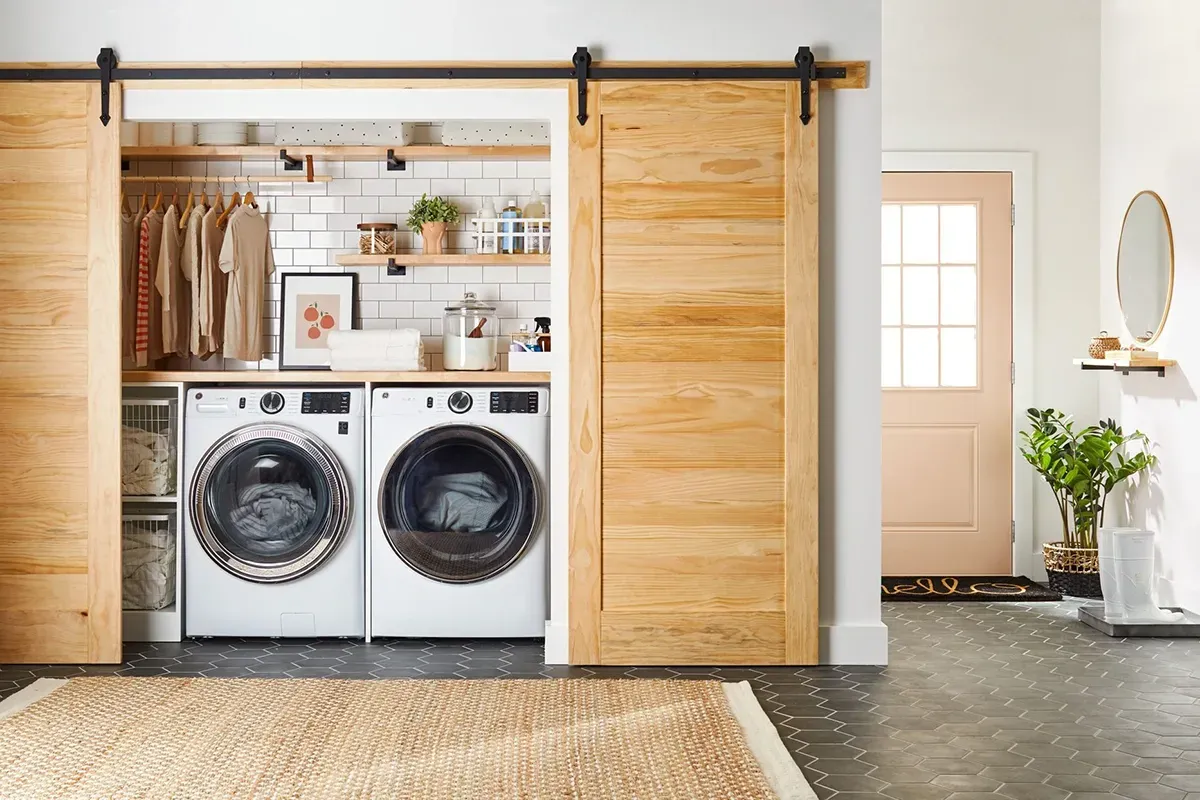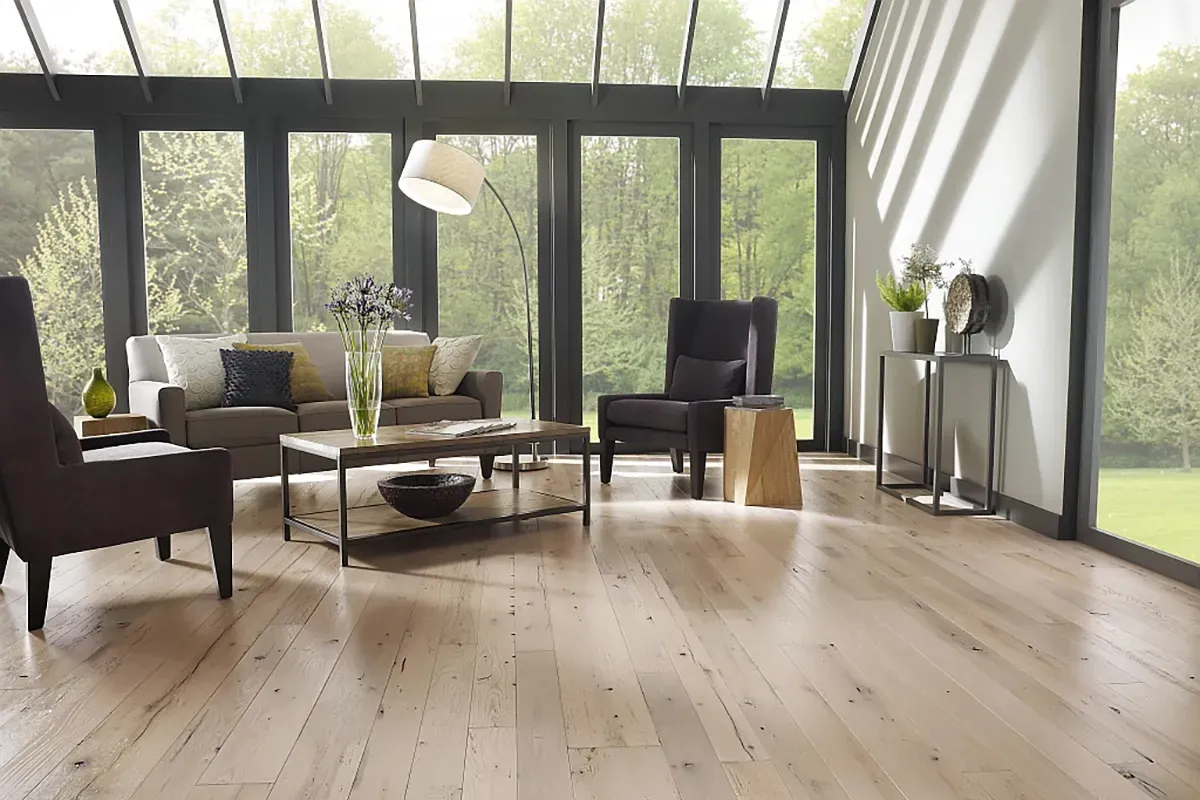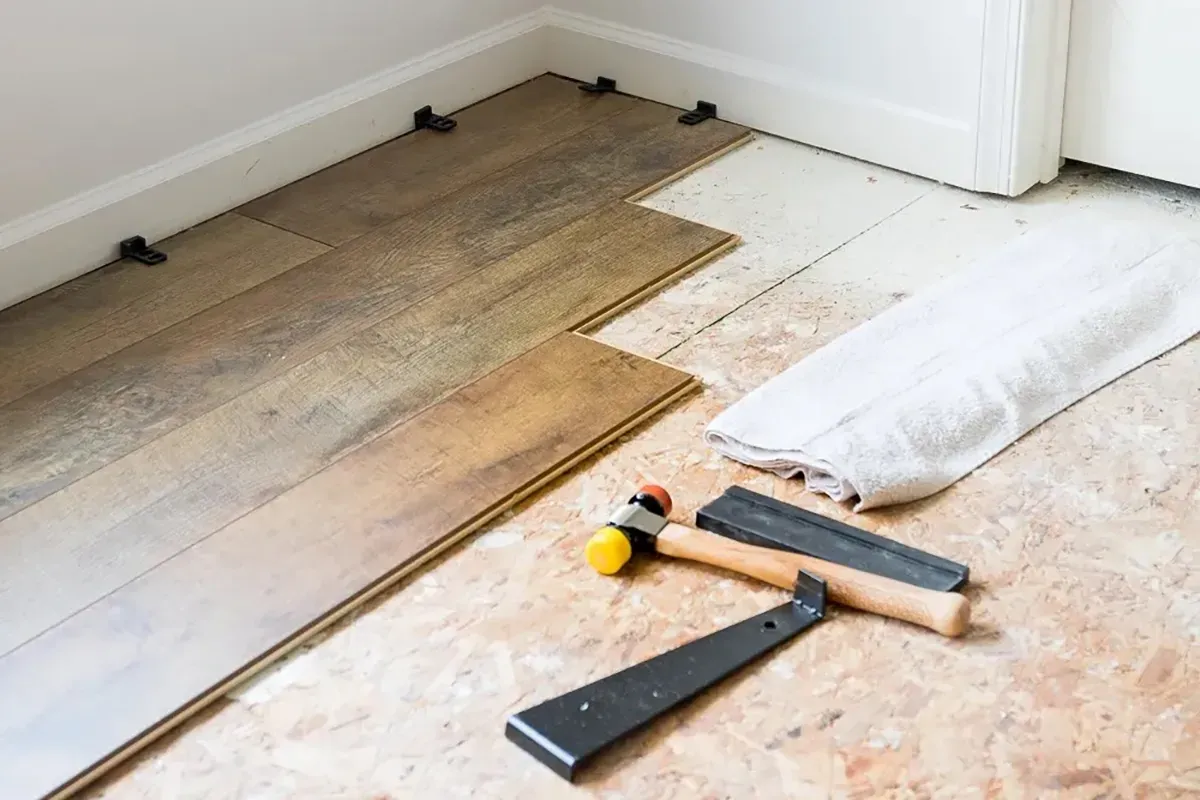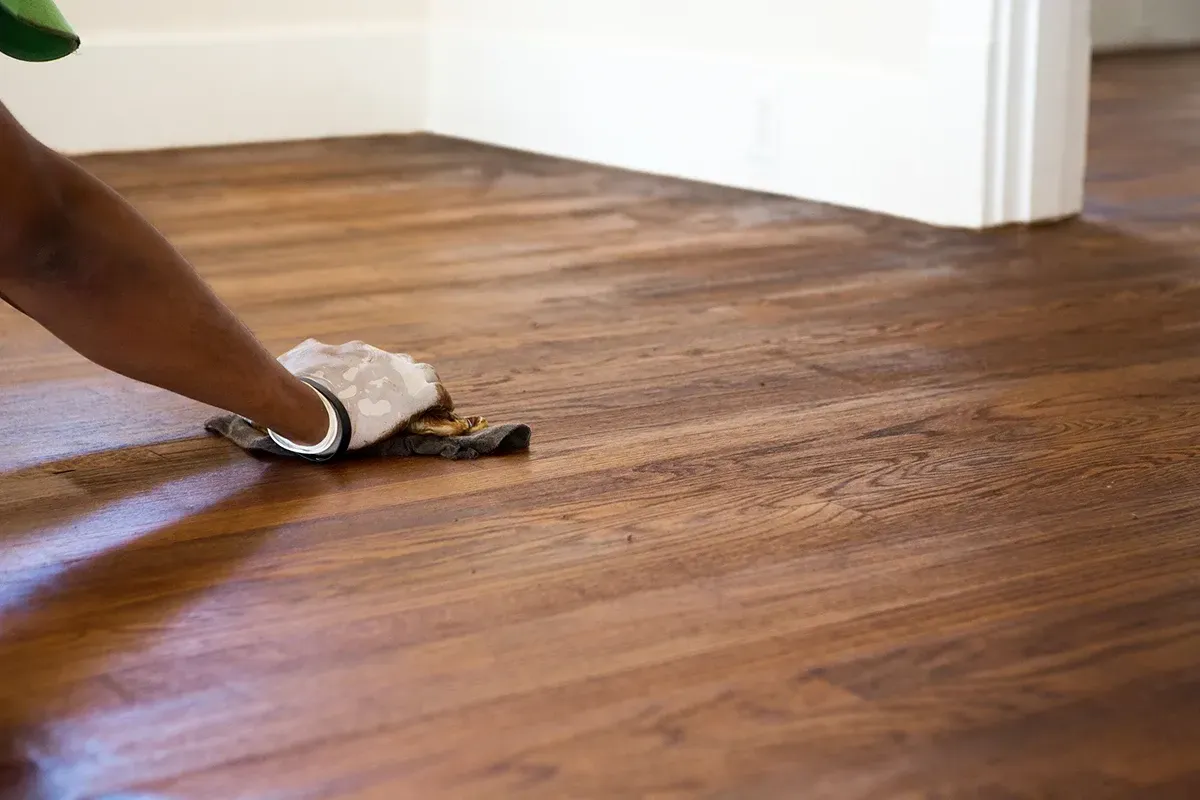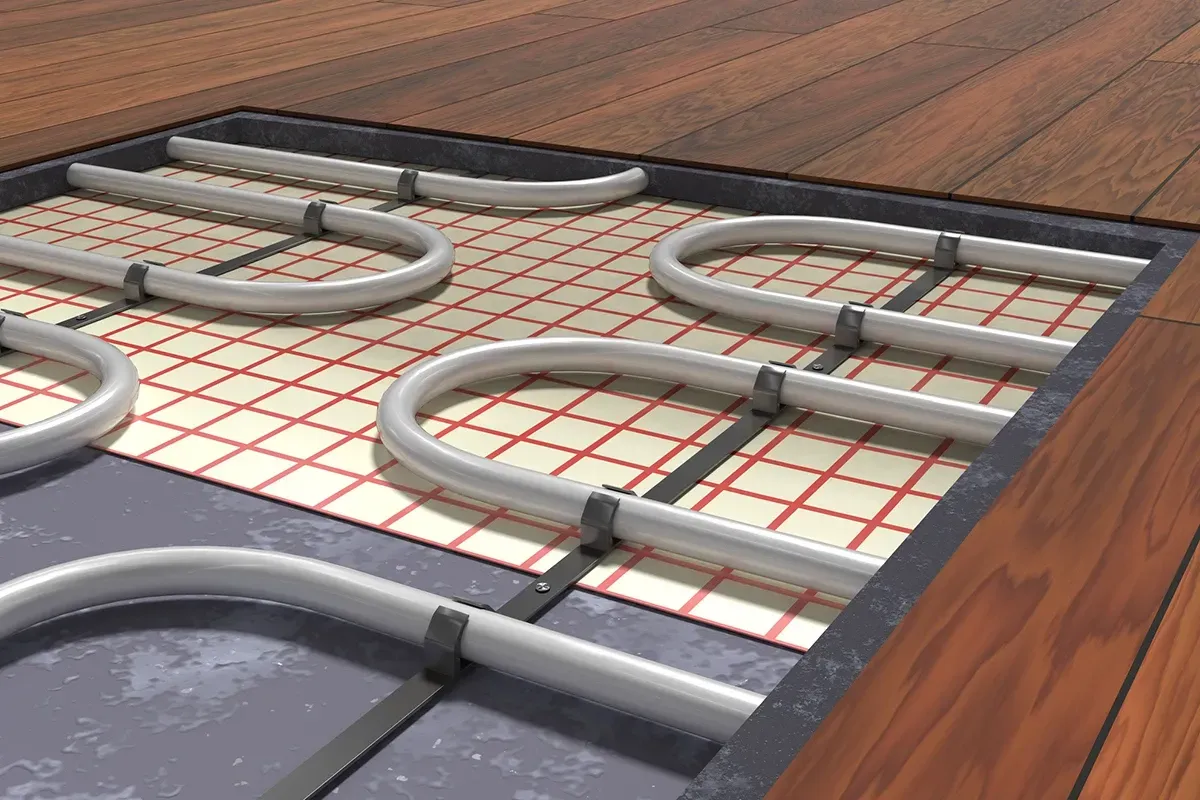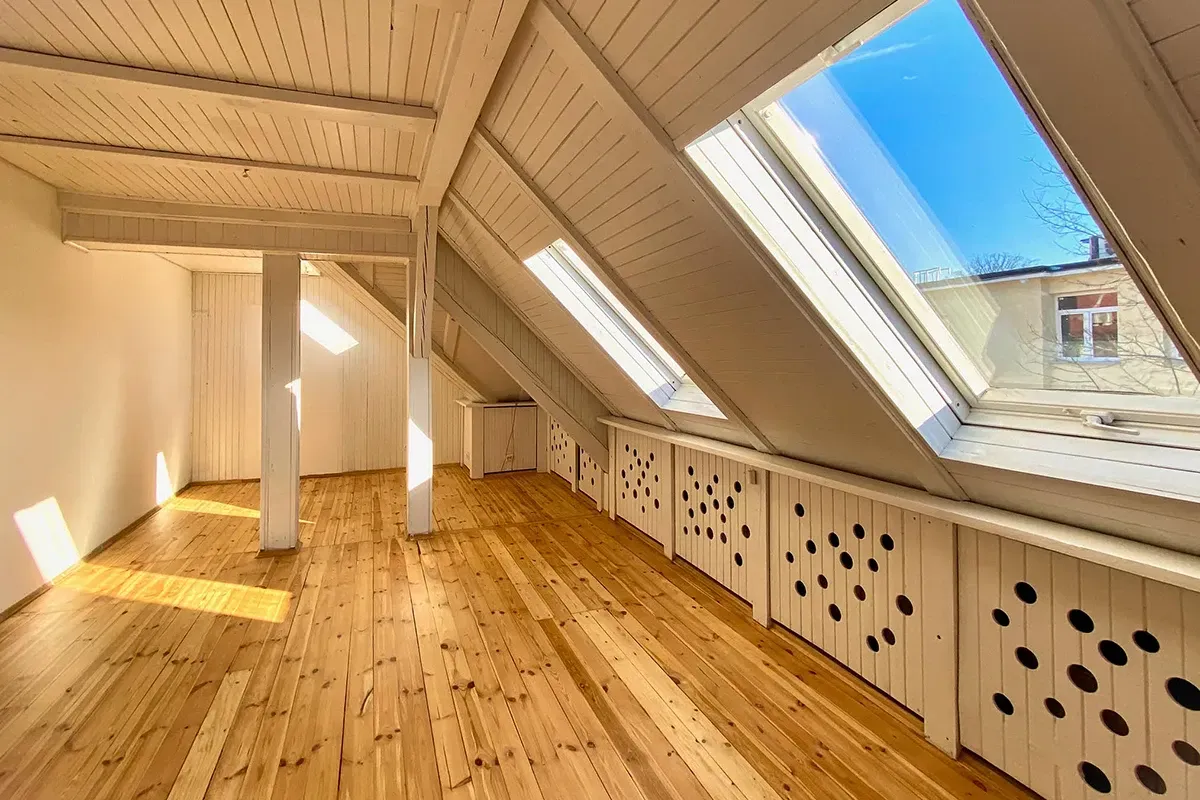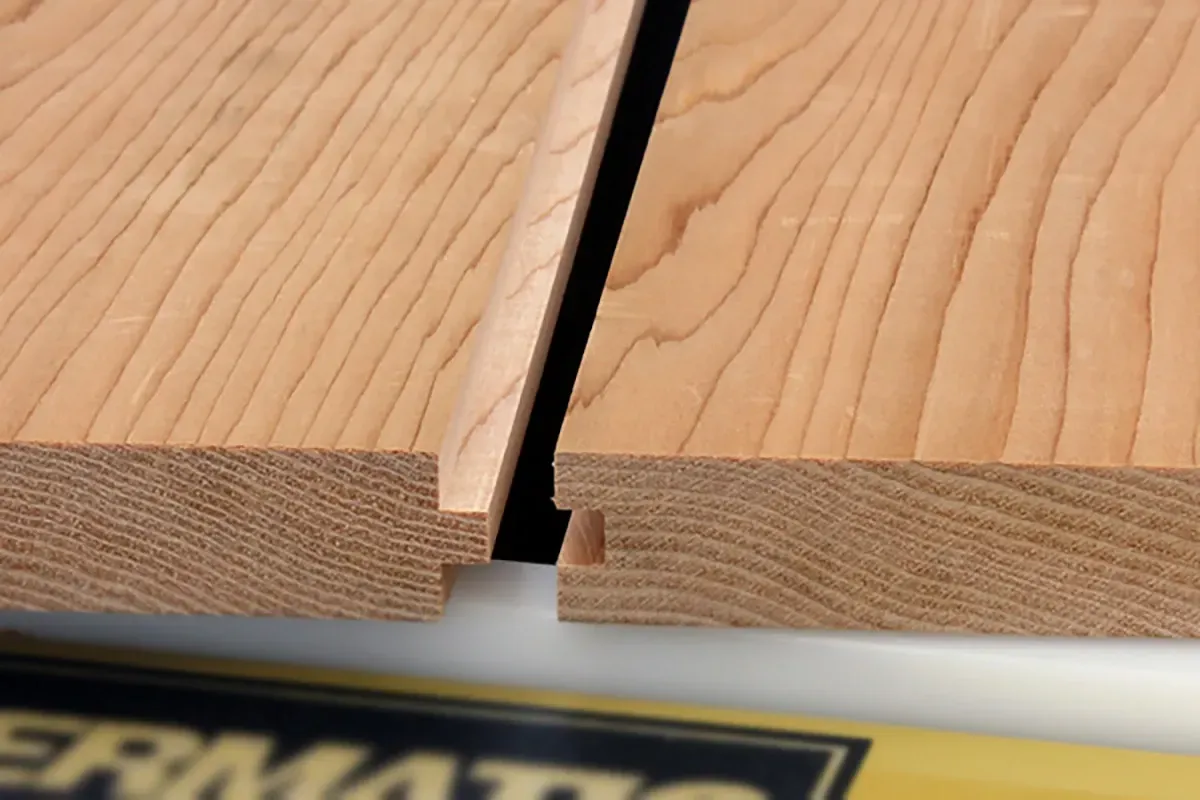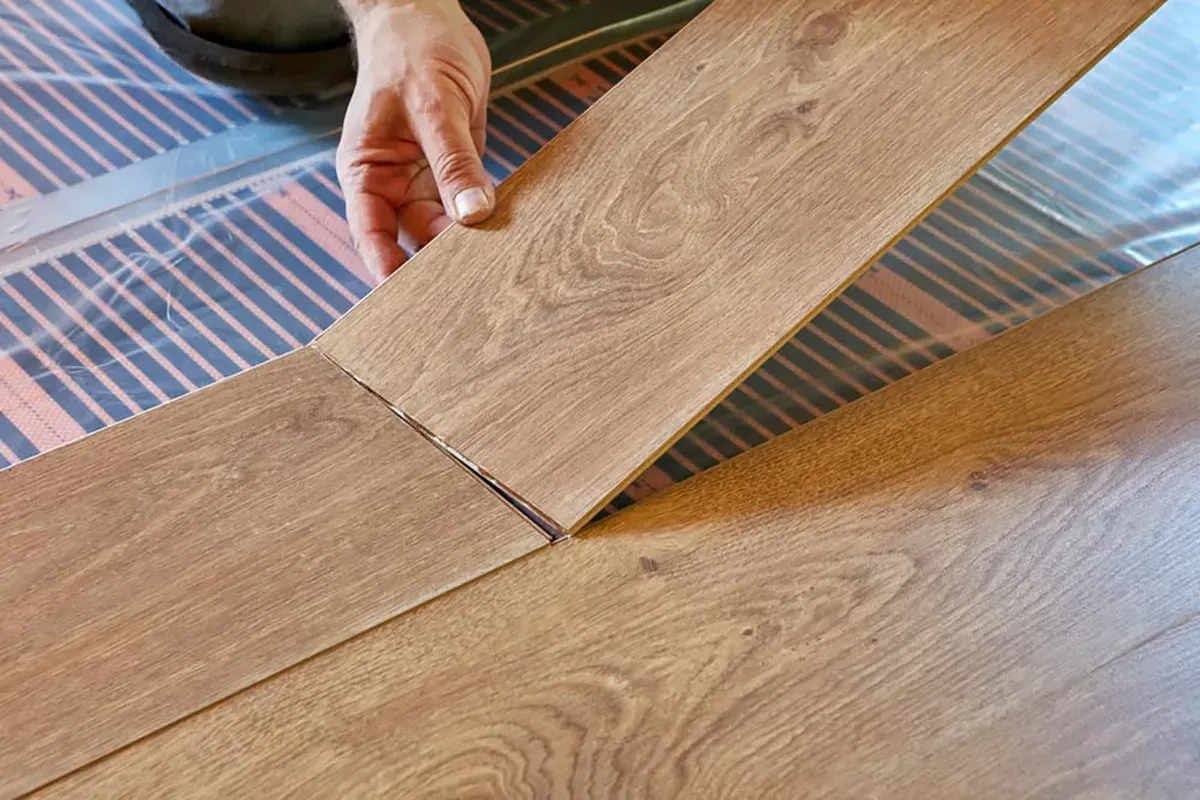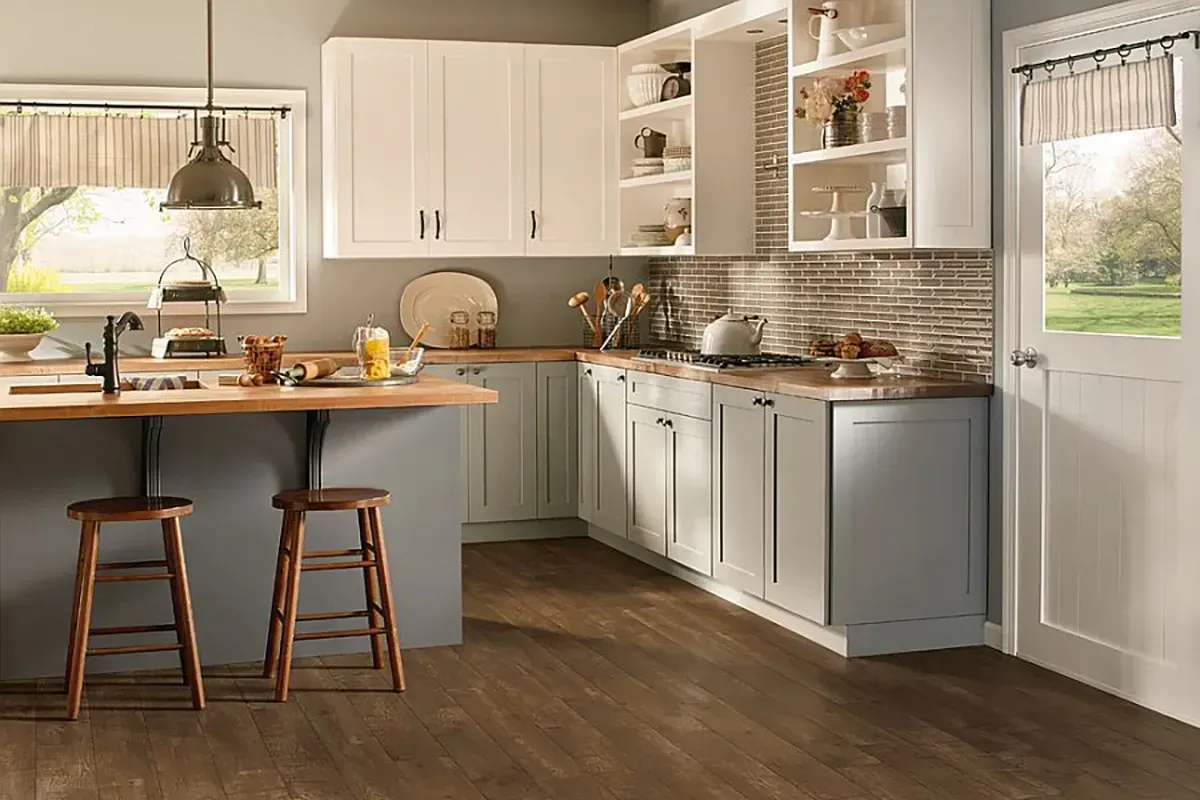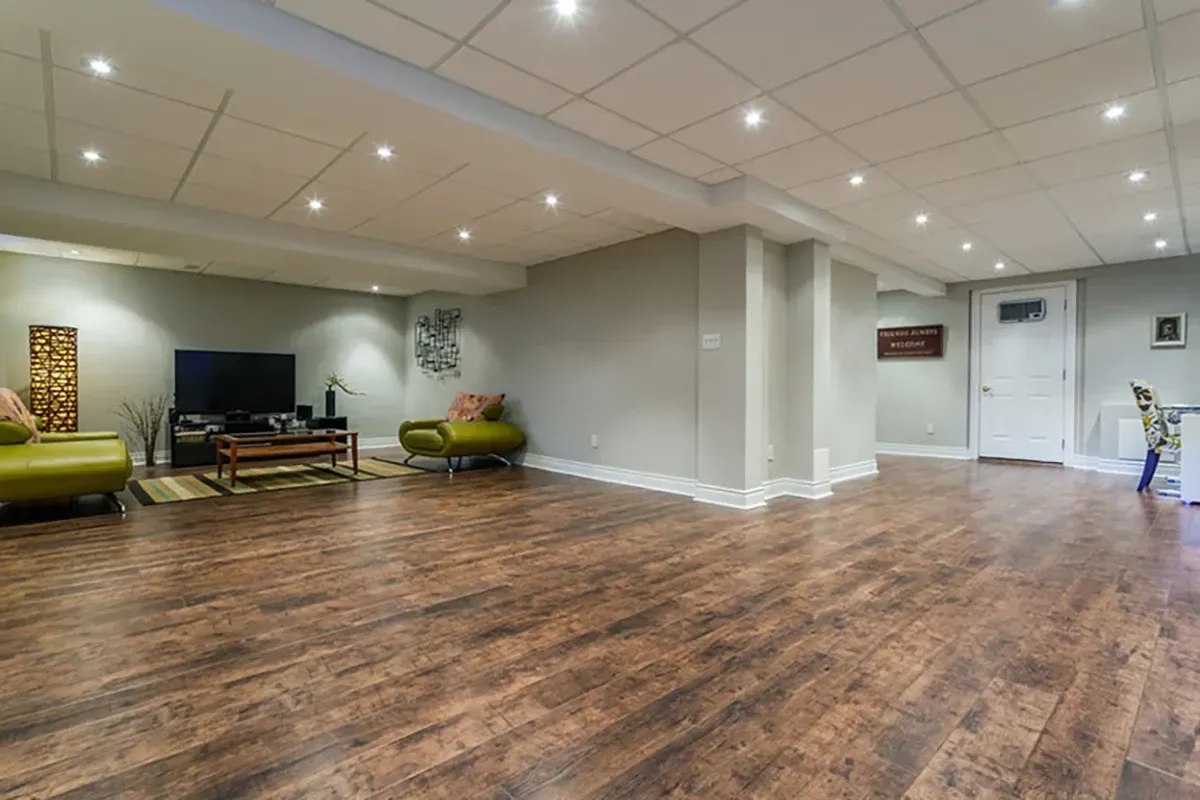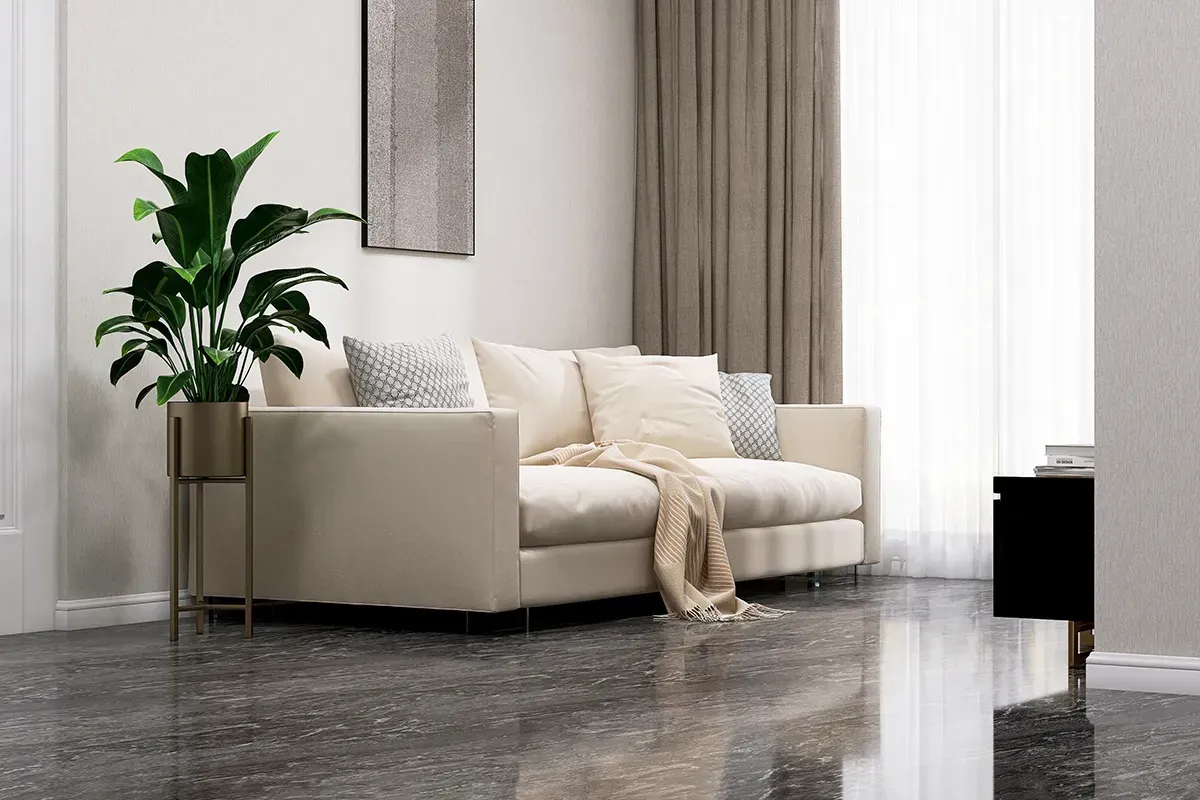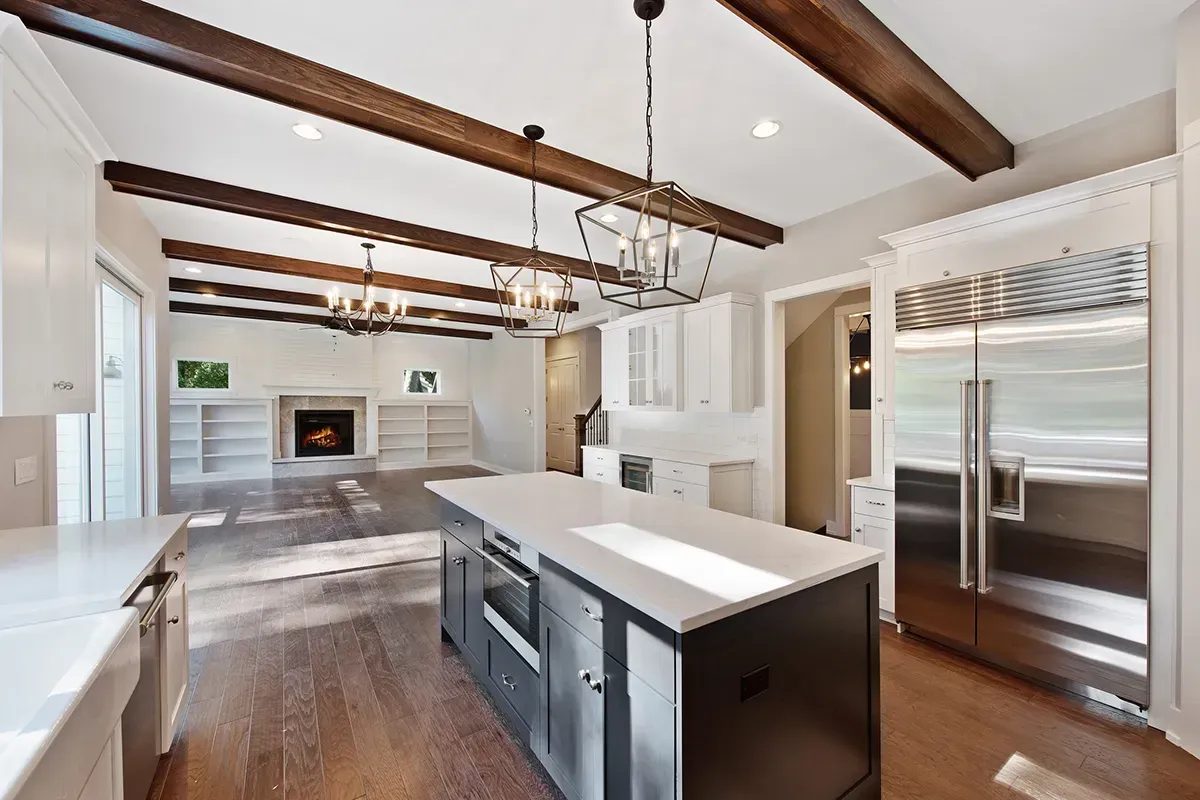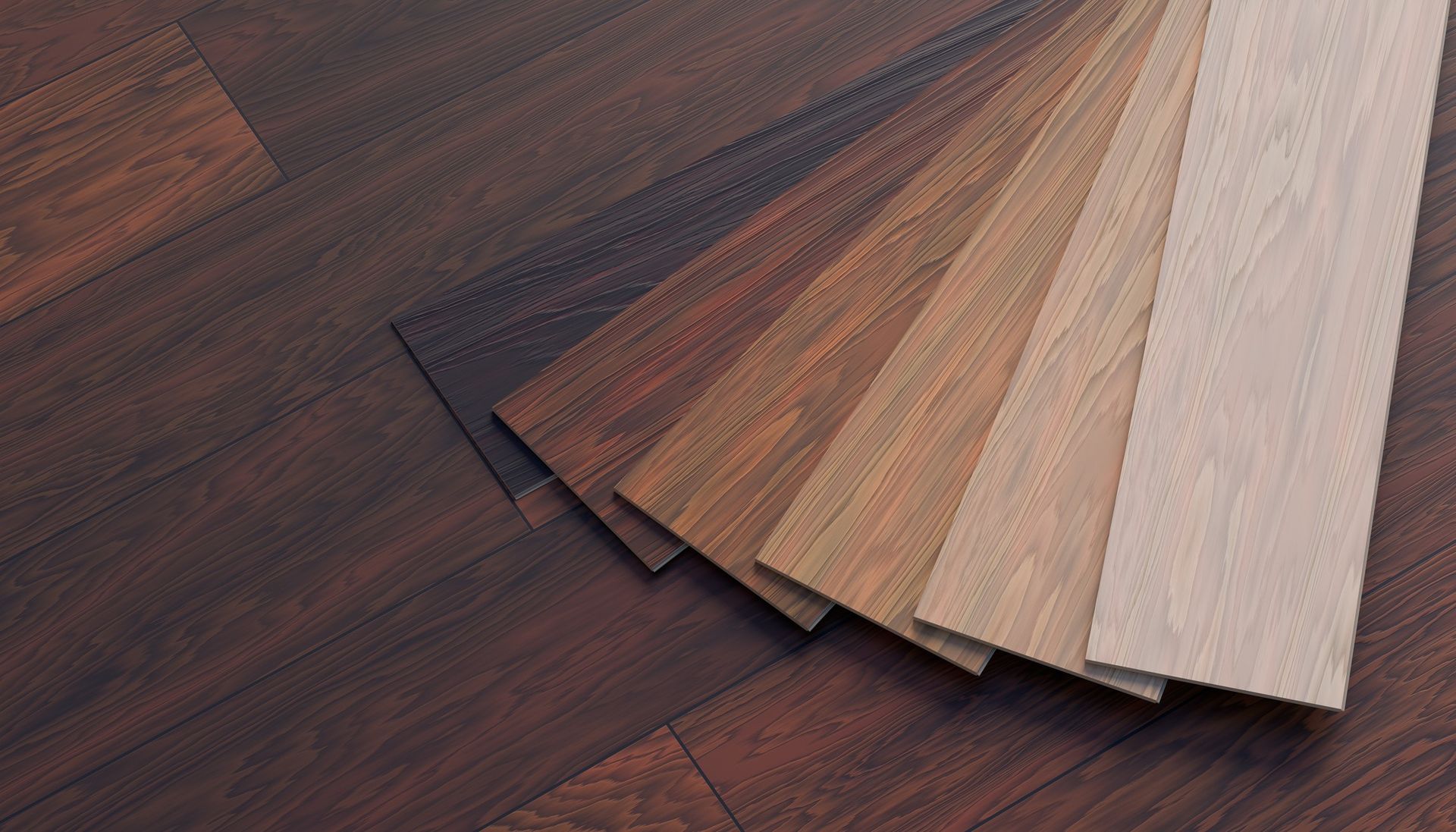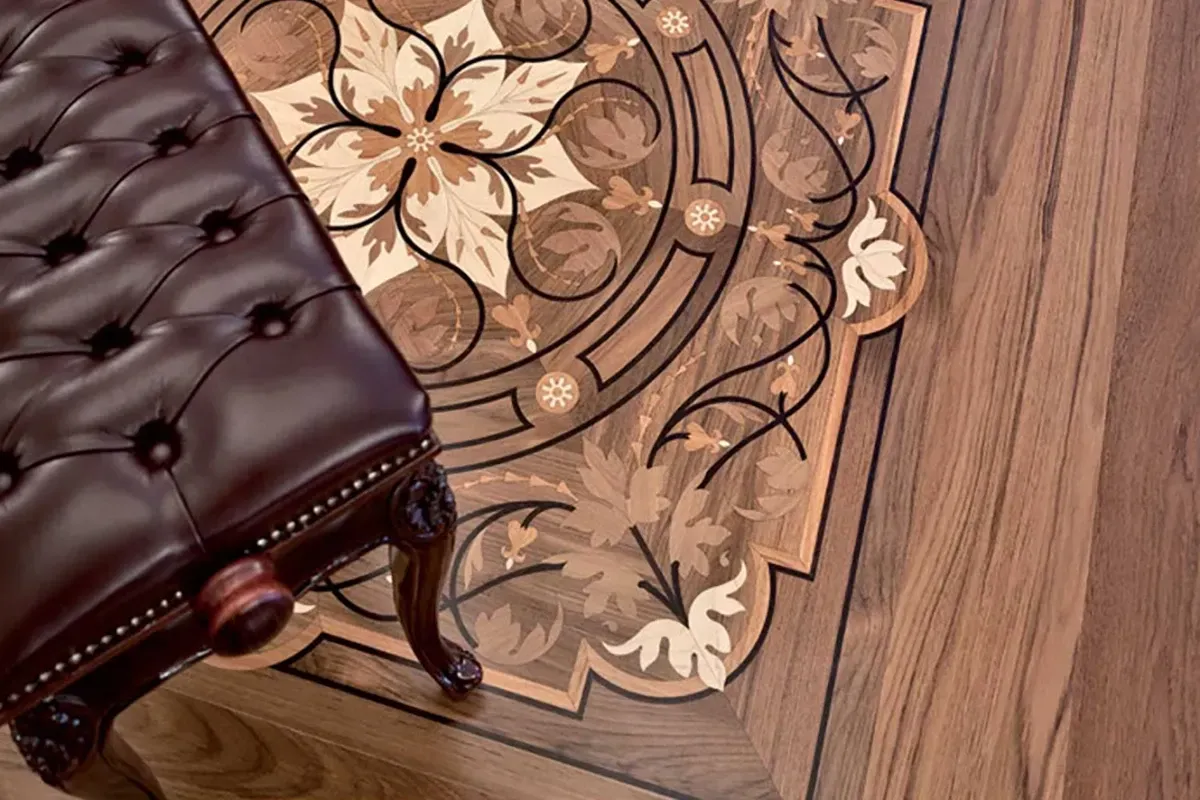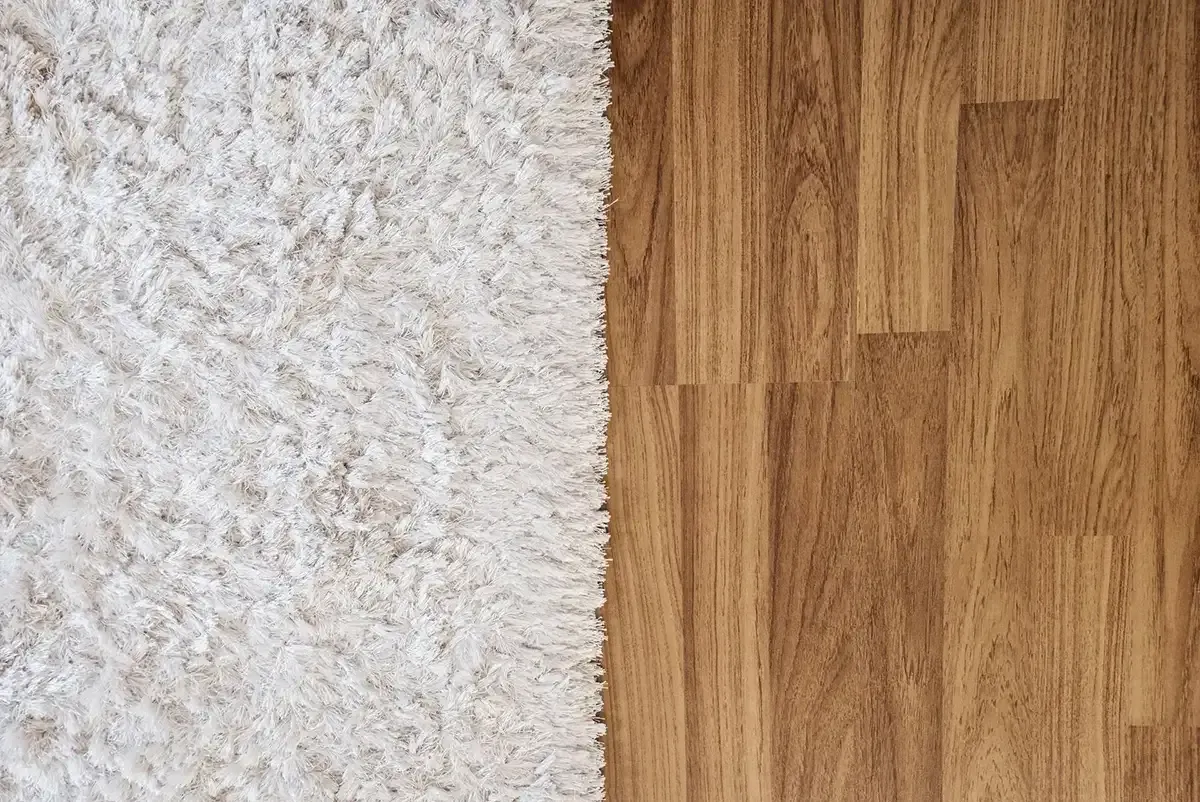Pros and Cons of Cork Flooring

At Rejuvenation Floor & Design, we know a thing or two about cork flooring, and we love it. But, is it right choice for your home renovation project? If you're thinking about refreshing your living space but unsure which type of flooring to choose, consider cork flooring as an alternative to traditional options like hardwood, tile, or carpet. Cork offers a unique blend of style, comfort, and sustainability. Here's everything you need to know, including the pros and cons of cork flooring, and answers to common questions.
What Is Cork Flooring?
Cork flooring is derived from the bark of the cork oak tree, the same tree used to make wine bottle corks. However, cork flooring differs in structure. The bark is ground into small particles, formed into sheets, and baked at high temperatures to create durable cork tiles or planks.
Pros and Cons of Cork Flooring
There are several reasons to choose cork flooring over other materials, making it an increasingly popular choice for homeowners. While cork has many advantages, it's essential to consider potential drawbacks:
Pros:
- Comfort: Cork is soft and cushiony underfoot, which makes it comfortable to walk or stand on for extended periods. Its natural flexibility also reduces the strain on joints.
- Eco-Friendly: Cork is a renewable resource harvested from cork oak trees without harming the tree. Cork oak forests also help maintain local ecosystems and biodiversity, making cork flooring a sustainable option.
- Warmth: Cork is an excellent insulator. Unlike tile, which can feel cold, cork stays warm and cozy, ideal for cooler months.
- Durability: Cork is highly durable and resistant to wear, making it an excellent choice for high-traffic areas like living rooms and family spaces.
- Hypoallergenic: Cork flooring doesn't trap allergens like dust mites, making it a healthier choice for allergy sufferers.
Cons:
- Moisture Sensitivity: Cork is naturally porous, which means it can absorb water and become damaged in areas prone to moisture, like bathrooms or kitchens. To mitigate this, ensure your cork flooring is properly sealed.
- Fading: Cork can fade over time when exposed to direct sunlight, so UV protection or window treatments are recommended for rooms with significant sunlight exposure.
- Susceptibility to Scratches: While cork is durable, it can still scratch or dent, especially in high-impact areas. Use furniture pads and avoid dragging heavy items across the floor.
Cork Flooring FAQ
Is Cork Flooring Good for High-Traffic Areas?
Yes! Cork is a resilient material that handles high foot traffic well. Its natural elasticity allows it to bounce back from impacts, making it ideal for busy spaces such as living rooms, hallways, and even home offices. However, regular maintenance, including sealing and refinishing, can extend its lifespan and keep it looking fresh.
Does Cork Flooring Require a Lot of Maintenance?
One of cork’s major benefits is its low maintenance requirements. It only needs occasional sweeping or vacuuming to remove dirt and debris. Mopping should be done with a damp mop rather than soaking the floor. A polyurethane sealant applied during or after installation can help protect the surface and extend its lifespan.
What Does Cork Flooring Look Like?
Cork flooring often has a neutral color palette, ranging from light tan to dark brown, which complements various interior designs. Its distinct texture and pattern give it a unique, earthy appearance that sets it apart from other flooring materials. While the color remains neutral, the intricate texture and visual depth make cork stand out in modern, rustic, or contemporary home designs.
How Is Cork Flooring Installed?
There are two common installation methods for cork flooring: floating floor systems and glue-down installations. Regardless of the method, professional installation is recommended, especially if you're unfamiliar with cork flooring's specific requirements.
- Floating Floor System: This method involves snapping the tiles or planks together without adhesives. It’s a quicker installation process and can be done over most subfloors, making it an excellent option for DIYers.
- Glue-Down Installation: Glue-down cork flooring requires adhesive to affix the tiles to the subfloor. This method is more permanent and may offer better sound insulation, but it’s often best left to professionals.
Is Cork Flooring Waterproof?
Cork flooring is not entirely waterproof, though it is water-resistant when properly sealed. Avoid installing it in areas like bathrooms or basements unless it's well-sealed to prevent moisture damage.
Can You Install Cork Flooring in the Bathroom?
Yes, cork flooring can be installed in bathrooms, but it needs to be properly sealed to protect against moisture. While cork is water-resistant, sealing the surface and seams is crucial. Regular maintenance and quick clean-up of spills will help prevent long-term damage.
Can you Install Cork Flooring in the Kitchen?
Yes, cork flooring is great for kitchens. It's soft underfoot, provides good insulation, and is water-resistant. Just make sure to seal it properly to protect against spills and stains.
Can You Install Cork Flooring in the Basement?
Yes, cork flooring can be installed in basements, but you should take steps to manage moisture. Basements can be prone to dampness, so it's important to ensure the subfloor is dry and use a vapor barrier. Additionally, sealing the cork will help protect it from potential moisture issues. Cork is a great option for basements due to its insulation properties, making the space feel warmer and more comfortable.
How Long Does Cork Flooring Last?
When well-maintained, cork flooring can last 20-30 years or more. Regular cleaning and sealing can prolong its life.
Can You Refinish Cork Flooring?
Yes, cork flooring can be refinished. Sanding the surface and applying a new coat of polyurethane can help restore its original look after years of wear.
What Are the Available Cork Flooring Colors?
Cork flooring comes in a variety of colors and finishes to suit different design styles. Natural cork tends to have warm, earthy tones like honey, amber, and tan. However, modern cork flooring can be stained or painted in a wide range of shades, including grays, whites, and even darker hues like espresso or black. This versatility allows you to match cork flooring with nearly any decor, from contemporary to rustic styles.
Should You Choose Cork Flooring?
If you’re looking for a flooring option that offers comfort, sustainability, and a unique aesthetic, cork flooring could be the perfect choice for your home renovation. Its durability and low-maintenance nature make it ideal for busy households, while its eco-conscious qualities appeal to environmentally minded homeowners. Need more information? Contact Rejuvenation Floor & Design to learn more.

